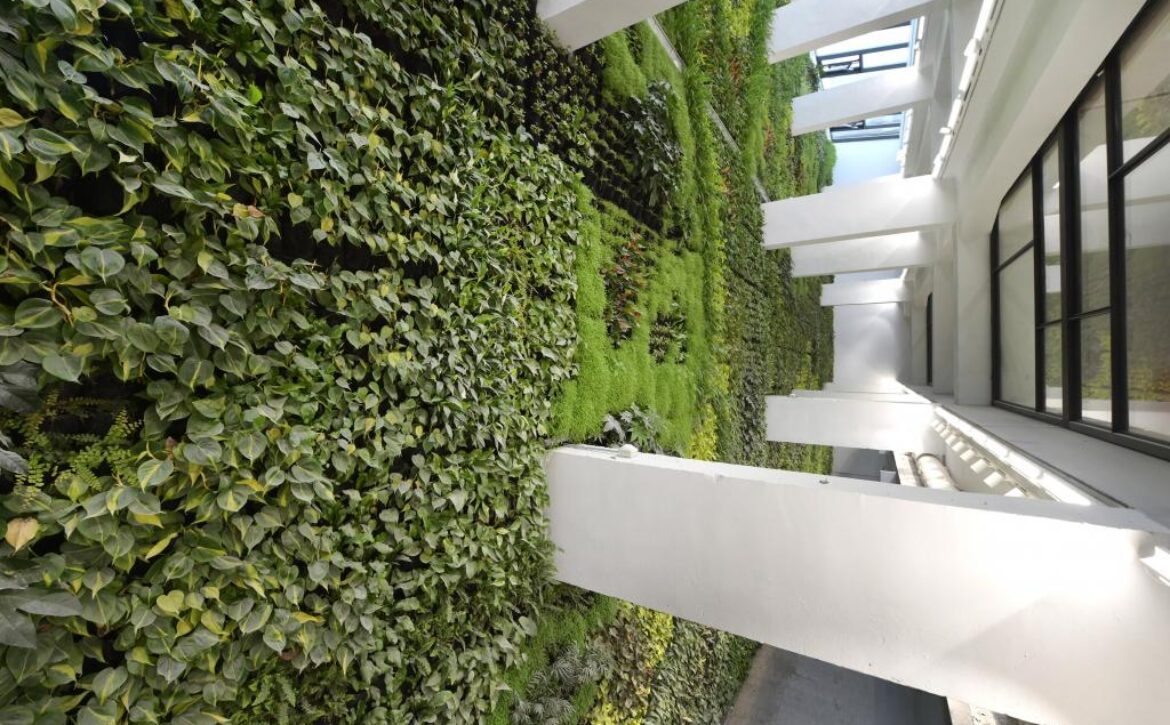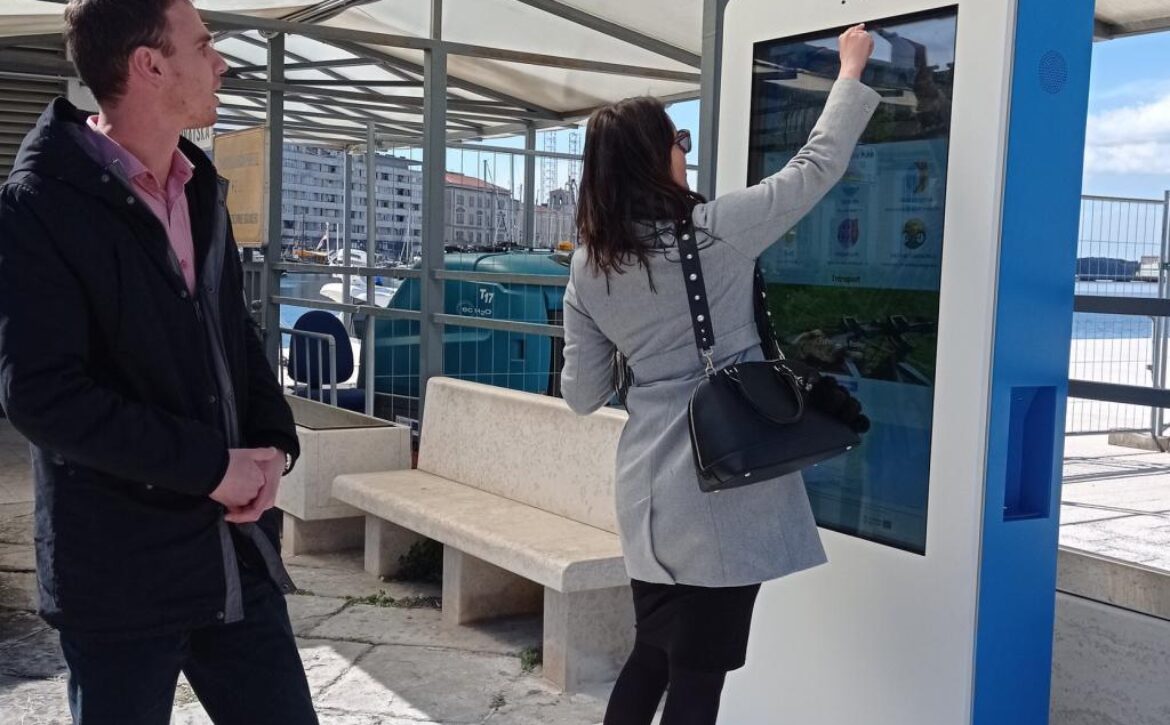Santander boasts the largest indoor vertical garden in Europe.
Starting on 19 April, it will be freely open for viewing
Vertical gardens and foliaged walls are increasingly becoming a common architectural solution in search of marrying environmental harmony and architecture – a way of bringing nature back to our urban lives. But how about letting nature indoors, too?
That appears to be the proposal of Santander’s newest addition – an interior vertical garden inside the Castilla-Hermida Civic Centre; a garden that is reportedly the largest of its kind in all of Europe. As of 19 April, between 8:30 and 21:00 anyone can visit the centre and admire the installation without a need for previous registration or entrance fee.
Nature aesthetics to bring a green therapy benefit
The project was part of the reconversion of the old Tabacalera building in the northern Spanish city into a modern civic centre. Last year, part of this transformation was the design of the vertical garden by FDA Arquitectos. The size of the installation is almost 600 square metres (17 metres in height and 32 metres in width).
In order to make the garden a reality some 22 300 plants from 26 different species have been planted. Given the size of the wall some planning, and adjustments needed to be made in order to make it work. Plants that are nearer the top can enjoy natural sunlight thanks to the glass ceiling but those placed in the lower half will be aided in their photosynthesis with artificial lighting.
The foliage is rooted in a semi-hydroponic textile system, which has been designed at the University of Seville, and which allows for optimal aeration of the roots without losing necessary nutrients.
The mixture of different plant species from different climate zones has been thought out so that no matter what season it is there will always be some plants that are blossoming, in essence creating an ever-changing mosaic.
Santander officials are of the opinion that this blurring between the boundaries of nature and interior design will increase the attractiveness of the city for tourism.
Article taken from https://www.themayor.eu/en


